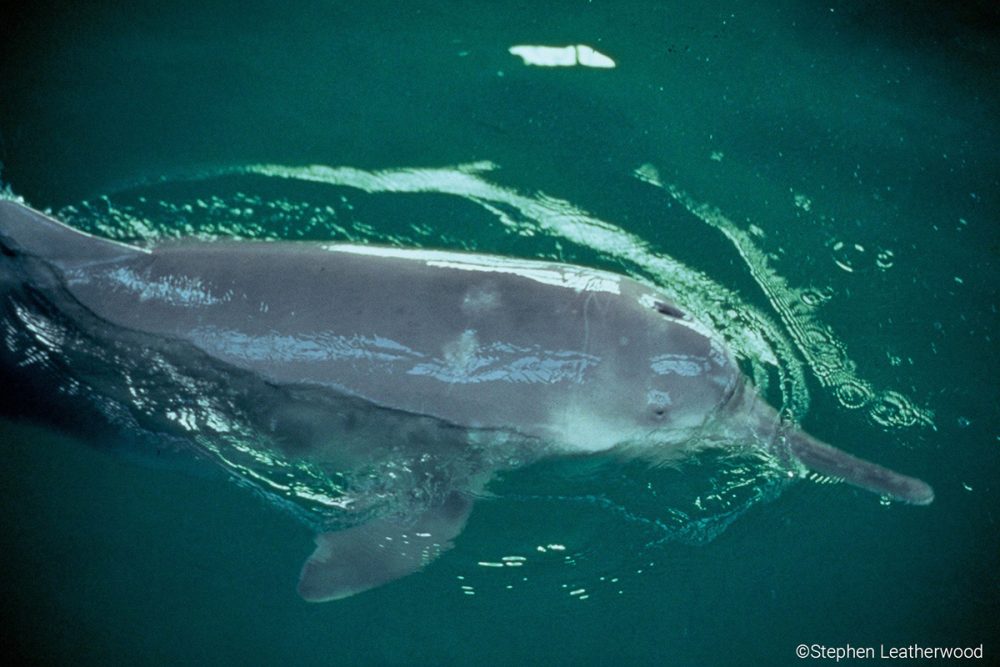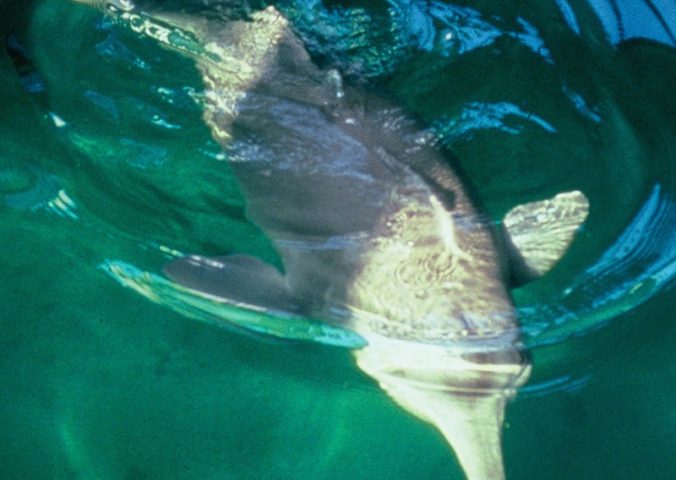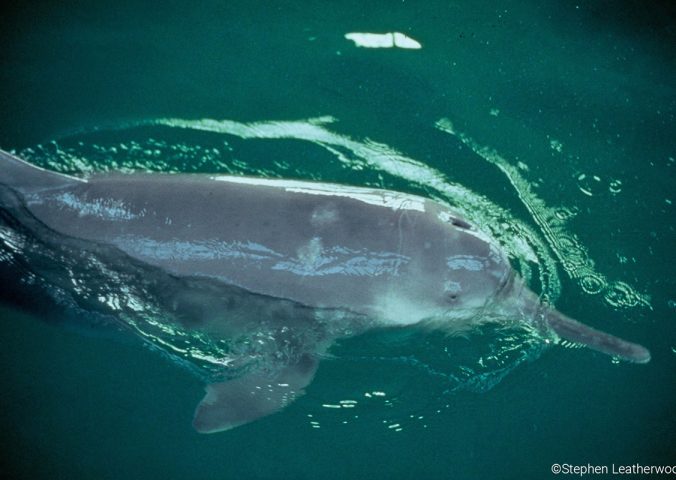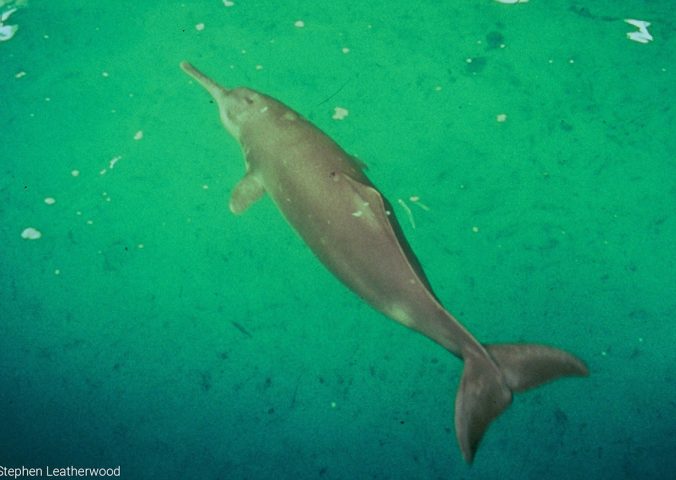About
The baiji is probably the most threatened marine mammal in the world; with some saying that it is ‘functionally extinct’.
In 2006 a survey of its habitat, the Yangtze River, was conducted – though no baiji were found. Its loss would be the first extinction of mega fauna for over 50 years. The baiji is the only living species in the genus Lipotes, and even the only member of the family Lipotidae. It has been declared a national treasure of the highest order, but the Yangtze River is today one of the world’s busiest and most degraded waterways. Little active work is being done to protect and conserve the rapidly declining population. There has been no physical or photographic evidence for the species existence since 2000, though there have been scattered undocumented sightings through the years, most recently in October 2016.
- Order: Cetartiodactyla
- Family: Iniidae
- Population: Unknown
- Trend: unknown
- Size: 1.4-2.5 m
- Weight: 42-125kg
EDGE Score
Distribution
Baiji are endemic to the Yangtze Basin in eastern China. They have only been recorded from a 1700km stretch of the middle and lower Yangtze River between Yichang and Shanghai, this historical distribution has always been downstream of the site of the Three Gorges Dam project.
Habitat and Ecology
Baiji are typically found in confluences, around sandbars with large eddies, where the fish they feed on are more abundant. Baiji are social, with a group size of around four or five animals. Their migratory patterns are thought to be linked to seasonal changes in water level, with individuals travelling up to several hundred kilometres upstream and downstream.



